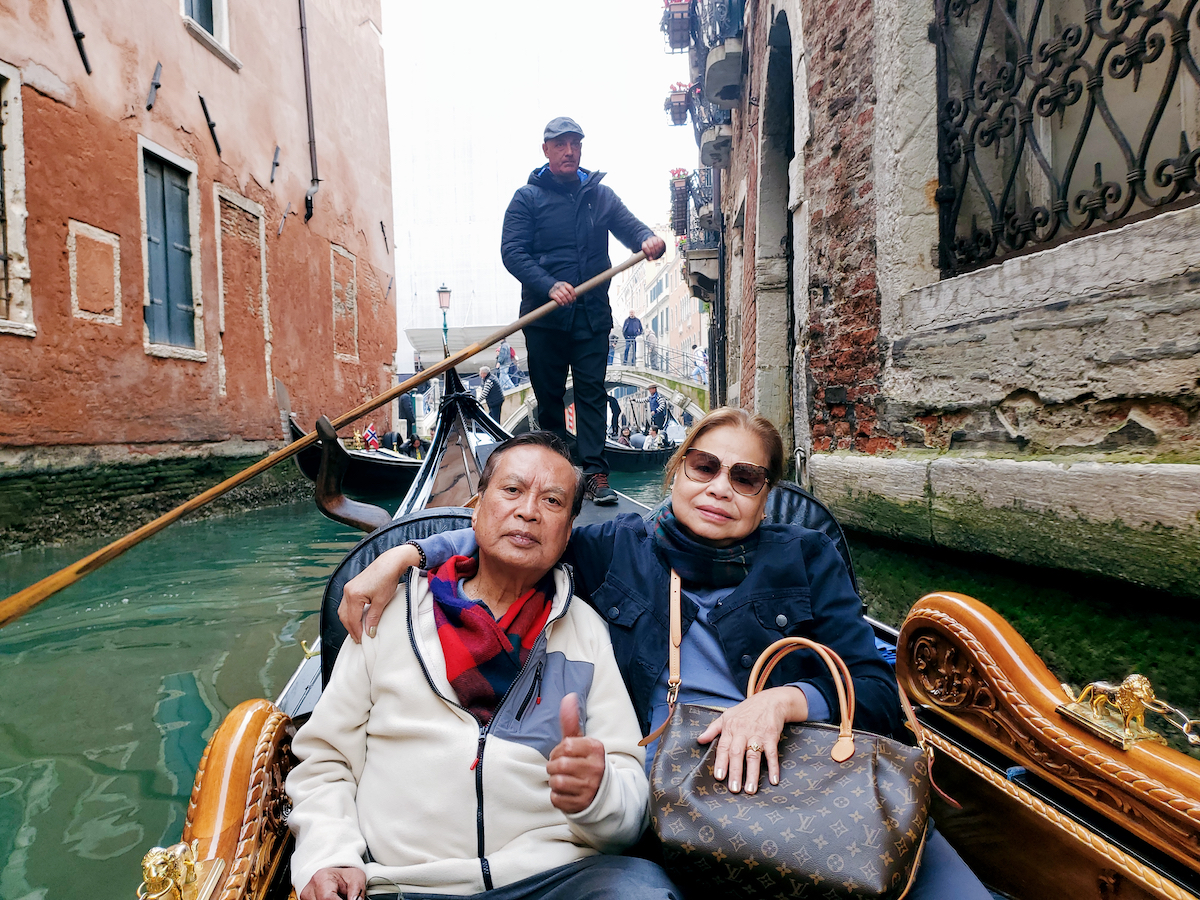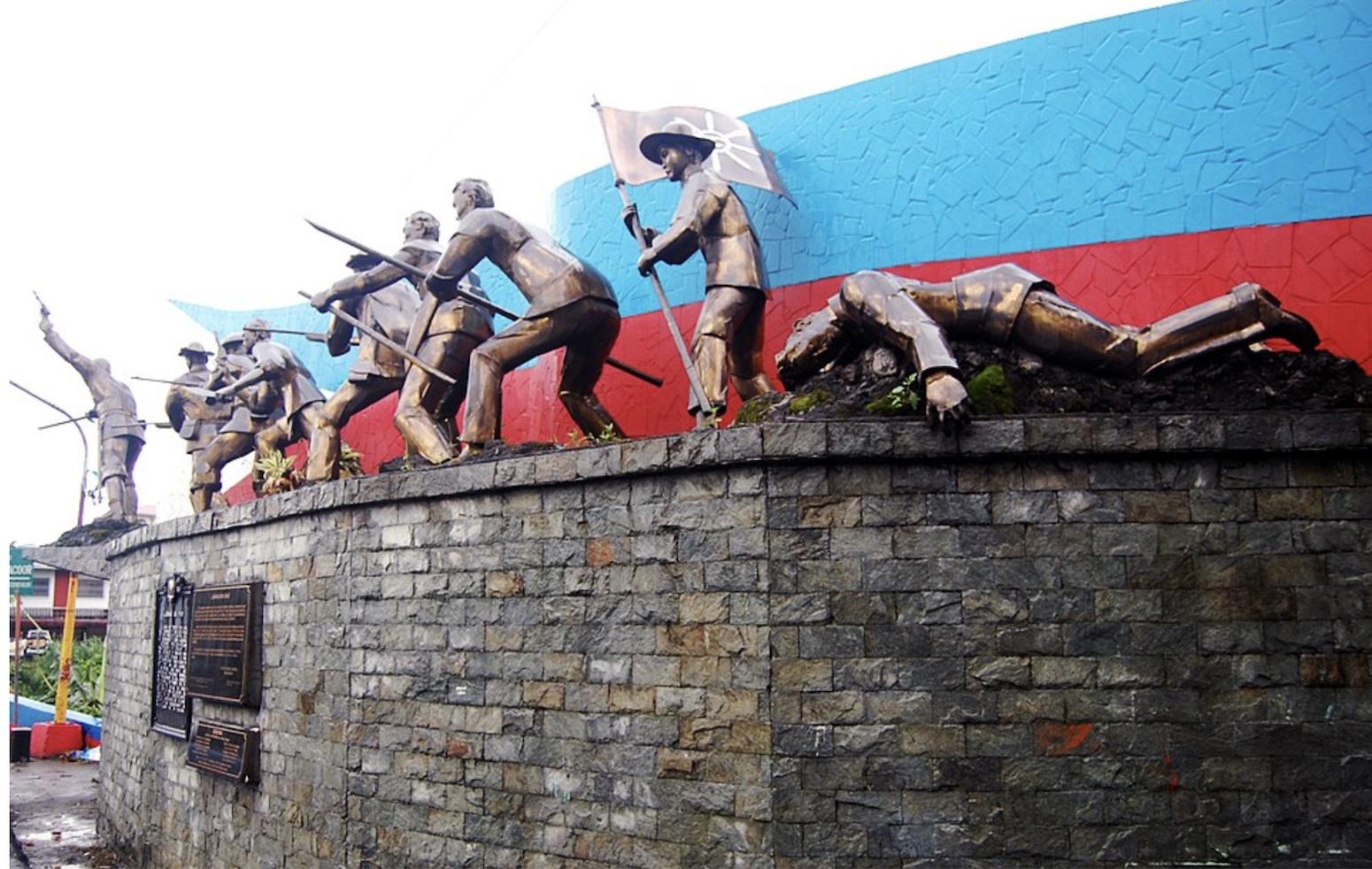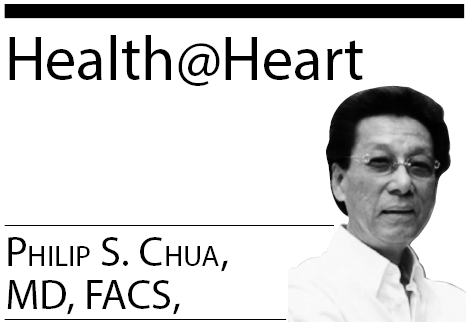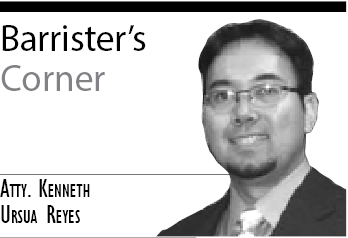The author with his wife, Myrna E. Niño, aboard the gondola, the only mode of transportation in Venice. Photos by Denver Niño
VENICE – Visiting Venezia, or well known by its international name Venice, has always been a tourist hub in my bucket list to visit someday. True enough, when my family visited Florence to attend a destination wedding that coincided with my birthday, I made sure to visit Venice. It was a dream come true, indeed.
Venice, a former independent city state before Italy became united, is one of the most visited tourist attractions in the world where tourists from all nationalities and stripes congregate in one compact place. It is pulsating with joy and vibrant life in a city that also doesn’t sleep like New York or Las Vegas. However, there were no casinos that I encountered.
Why was I so fascinated about Venice? It intrigued my imagination because of the photos and captions I always read on travel magazines and about the play, “The Merchant of Venice” authored by William Shakespeare, an English novelist – which I had read in my English Literature classes.
Believed to have been written between 1596 and 1598, “The Merchant of Venice” is a fictional story set in Venice but did not actually happen in this city during the 16th century. In fact, Shakespeare had never visited Venice but primarily used this former independent republic as the setting because of its reputation as a major trading hub similar to Manhattan, New York in modern times.
Venice was a symbol of luxury in Shakespeare’s time. Its geographical position made it an intermediary between Europe and the East.
According to sources, “The Merchant of Venice” is essentially a play about antisemitism and money lending. It’s about a story of Antonio, the wealthy merchant who treats his own flesh as property to secure a loan, and the moneylender (Shylock) who calls in the debt. It’s about love, fidelity and conflict between love and self-interest. The play suggests that mercy or forgiveness is ultimately more important than legal justice and the dangers of excessive greed. It’s how the greediest character in the play loses his wealth, daughter, and religion. It’s somewhat controversial between Christian and Jewish outlooks with the Christian position taking the upper hand.

The journey from Florence to Venice, which is the northern part of Italy, is two hours and five minutes by high-speed train traveling 155 miles per hour, passing through the small cities of San Marino, Ferrara, Padova and Bologna. From the main island, we took the so-called water taxi to Venice, four kilometers away and about two kilometers from the open sea. We stayed here for three days exploring the narrow streets and canals.
Venice is an archipelago of 118 small islands by the Adriatic Sea, separated by a network of waterways connected by concrete foot bridges. This marshy lagoon was built in the 5th century to avoid barbarian conquerors.
Composed of 177 canals including the S-shaped Grand Canal (the biggest canal is about 16.4 feet deep) that splits the city in two. The longest of the canals is 3.8 kms. And the widest is from 30 to 70 meters. There are 438 small and big bridges that interconnect various zones of the city. Originally the bridges were made of wood. Then in 1480, the foot bridges were replaced by arched stone structures. The insular Venice is only about seven square kilometers including the popular island of San Giorgio Maggiore and the Giudecca. It has a population of about 51,000 residents.
We had to tow our heavy pieces of luggage from the landing harbor to the hotel since vehicles are not allowed here. Be sure your legs are strong.
We dined at one of the more popular seafood restaurants in front of the main plaza. Here, we encountered three Filipino food servers (two guys and one lady). We handed tips to the two servers who directly served us our meals and who also took our photos. Thereafter, the two informed the other guy about our tips. This guy immediately came to our table and exclaimed, “namamasko po,” although it’s far from the holiday season. I was at a loss for words.
Venice, no doubt, is notoriously an expensive tourist destination for a vacation, taking into consideration the hotel, food, wine, gondola rides, museums like the Doge’s Palace (home to the supreme authority of this former republic), souvenir items, tips, etc.
But for once in my life, I felt “filthy rich” with my family drinking wine at Piazza San Marco fronting the St. Mark or San Marco Basilica, where the Clock Tower proudly stands and where pigeons swoop down on us while basking under the bright mild sunshine watching tourists all over the world. I learned that this wide swath of square fronting the cathedral was once cultivated as a vegetable garden or used to pasture horses. I also learned from our tour guides that this main square gets flooded due to high tide and continuous rains that also spilled into the basilica of St. Mark, the evangelist whose remains are on the high altar of the basilica.
It was a great feeling to have visited this tourist enclave that appears like a floating city – for a vacation. Despite its main problem with overtourism, it was a fulfillment of a lifetime. Next stop: Athens, Greece.
* * *
The opinions, beliefs and viewpoints expressed by the author do not necessarily reflect the opinions, beliefs and viewpoints of Asian Journal, its management, editorial board and staff.
* * *





